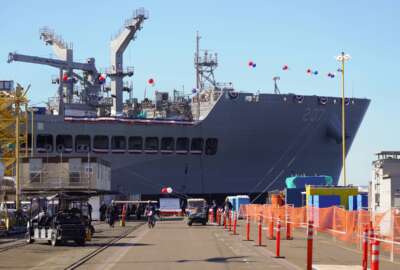Group takes ‘evidence-based’ approach to reforming military compensation
Todd Harrison is the defense budget fellow at the Center for Strategic and Budgetary Assessments. In this week's edition of On DoD, he talks with Jared Serbu ab...
wfedstaff | April 17, 2015 4:07 pm
As the Vietnam War and the draft drew to a close 40 years ago, military leaders were worried about how to create a military that was made up entirely of volunteers, and one that they could also afford to pay.
Decades later, the military compensation system hasn’t changed much. While the all-volunteer force exceeded most people’s expectations, it’s also crowding out the rest of DoD’s budget.
Todd Harrison is the defense budget fellow at the Center for Strategic and Budgetary Assessments. In this week’s edition of On DoD, he talks with Jared Serbu about a new study he’s just finished: Rebalancing Military Compensation: An Evidence-based Approach. He asked servicemembers which benefits they actually valued and which ones they didn’t.
Copyright © 2024 Federal News Network. All rights reserved. This website is not intended for users located within the European Economic Area.
Jared Serbu is deputy editor of Federal News Network and reports on the Defense Department’s contracting, legislative, workforce and IT issues.
Follow @jserbuWFED






